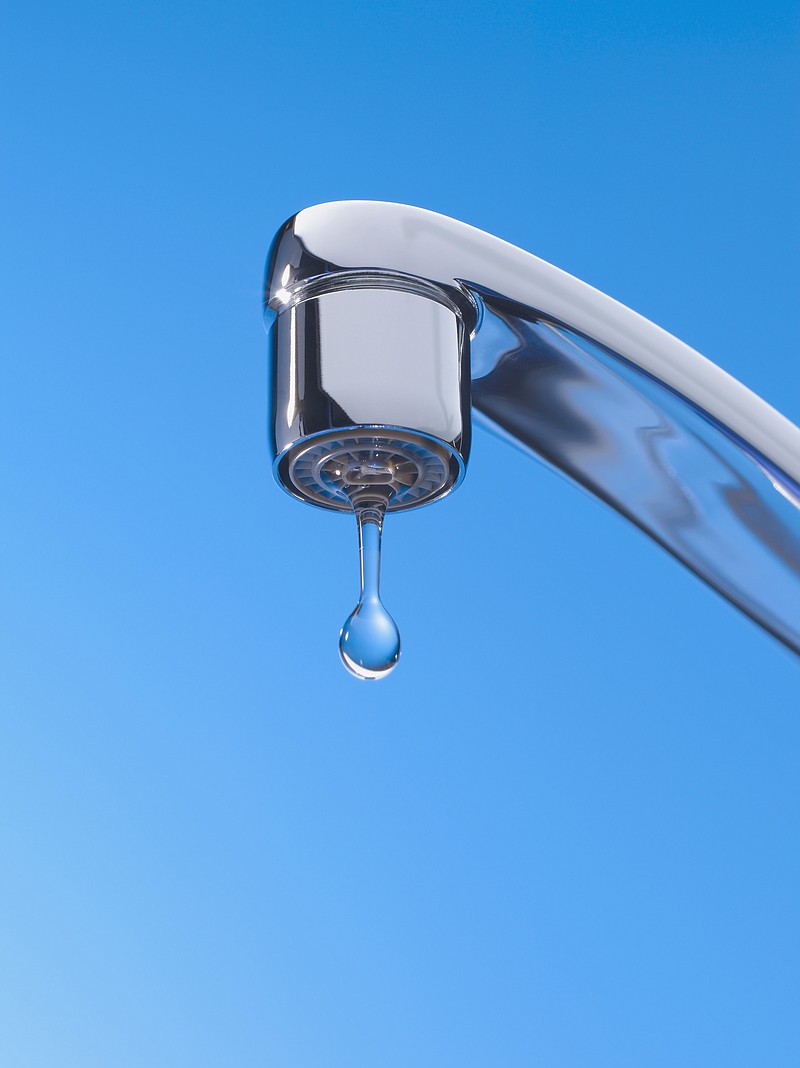As TexAmericas Center continues to establish itself as a commercial manufacturing magnet for the Northeast Texas area, the need for an adequate local water supply will likely grow, as well.
Walt Sears Jr., general manager for the Northeast Texas Municipal Water District, recently delivered a PowerPoint presentation to the center's board of directors. The presentation forecast a growing need for water to support a projected future upward trend in commercial manufacturing development in the Northeast Texas area for the next 50 years.
Manufacturing industries in Northeast Texas use about 320,000 acre-feet of water per year, but 50 years from now, the same water usage is projected to increase to 550,000 acre-feet. An acre-foot of water is a foot of water on top of an entire acre of land, or 325,851 gallons.
For Northeast Texas, manufacturing industries include production of timber, steel and plastics-such as beverage bottles, milk containers and other packaged products. It also includes International Paper and poultry food production plants, for such companies as Pilgrims's Pride and the Campbell's Soup plant in Paris, Texas, Sears said in a recent interview.
"All of these manufacturing industries and the jobs they produce are related to the area's need for water," Sears said. "It's an important part to the labor supply we have here. Manufacturing is Region D's largest user of water, and that will continue to be the case for least the next 50 years. It's important for economic developers to know this."
Sears added that from a statewide perspective, as much as one-sixth of Texas' water-related manufacturing is in Region D's 19 counties.
"Right now, we have about 2.5 percent of the state's population here in Region D, yet we have up to six times as many jobs related to manufacturing here as we do in the rest of the state," he said. "Water and the supply of water is an economic opportunity for Northeast Texas."
While Northeast Texas principally uses water for manufacturing, the rest of the state mostly uses it for irrigation, and irrigation water use is starting to decline, owing in large measure to continuously improving water conservation efforts, Sears said.
"Farmers (throughout the rest of the state) are becoming more efficient with their water use," Sears said. "Water conservation is becoming more important, and people in general will likely
become more efficient with water usage-now, as well as in the future."
For the rest of the state, water-connected manufacturing comes in at third place in water usage.
"The rest of the state uses nearly 10 million acre-feet of water per year on irrigation, while Region D accounts for less than 1 percent of the state's total irrigation," Sears said. "We basically need water for both our present and future job growth."
Municipal water usage (drinking water) is the second-highest use throughout the rest of Texas and will likely surpass irrigation as the prime water usage across the state during the next 50 years.
Besides manufacturing firms, power plants in Northeast Texas will likely be the second-largest economic sector using water in Region D in the next 50 years-with manufacturing remaining as No. 1, Sears said. About 10 power plants are within Region D, he added.
From a statewide perspective, power plants come in at No. 4 in terms of water use, and it will likely stay that way for the rest of the state 50 years from now, according to Sears' research.
However, it is predicted to be the second-largest water consuming industry in Region D during the next 50 years. Municipal water use is projected to slide in at third place within the next 50 years, though it is the second-highest water use in Region D.
Sears said the Red River Army Depot and the nine federal, state and county prisons in the Texarkana area would be examples of drinking water-related industries in Northeast Texas.
Irrigation ranks a distant fourth as a water use industry in Region D, while livestock comes in at fifth. Both industries appear to level off at less than 50,000 acre-feet per year and will like stay that way for the next 50 years.

